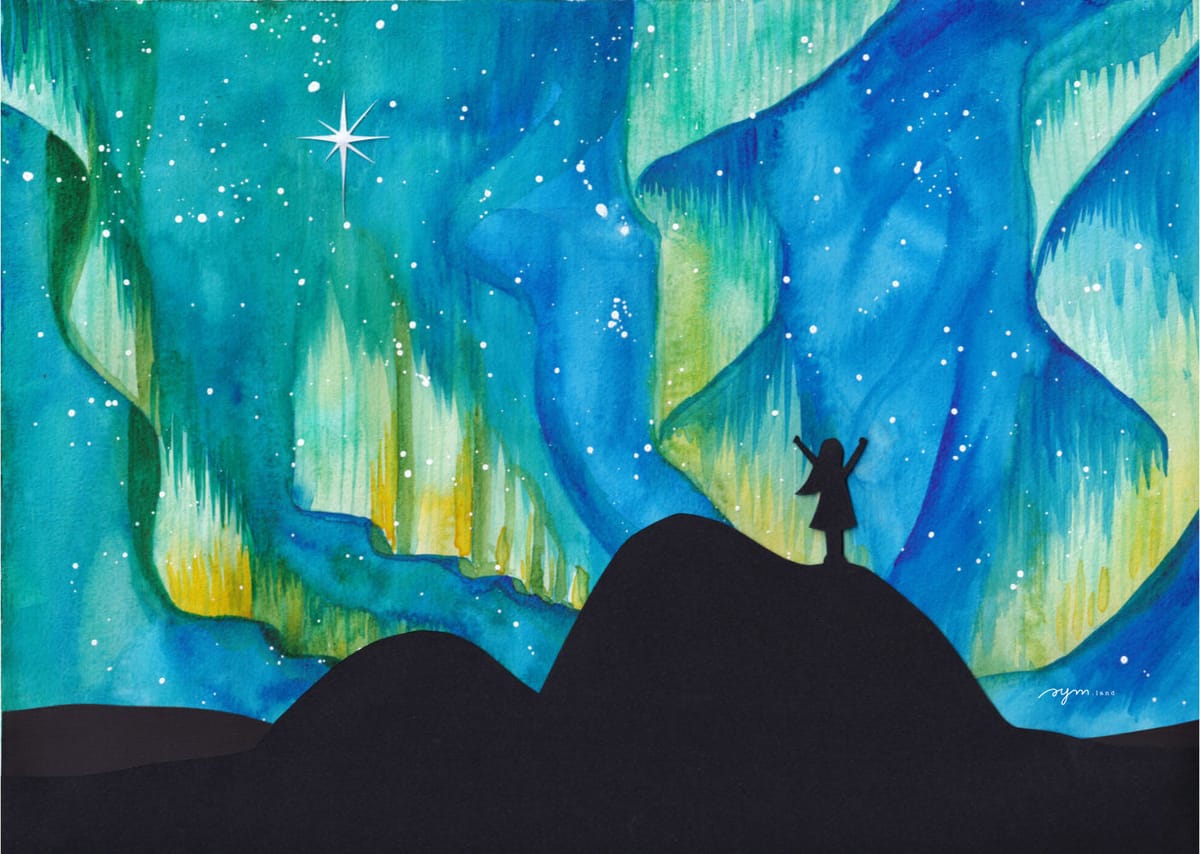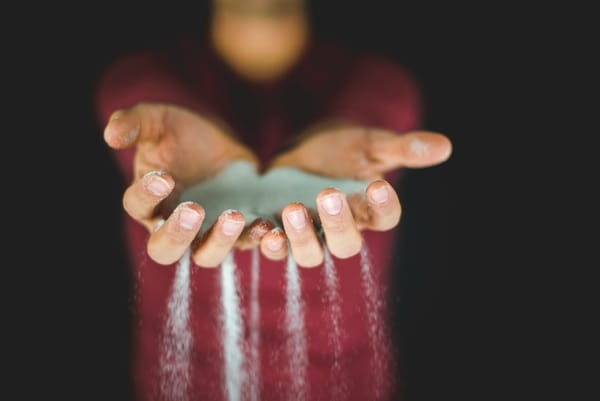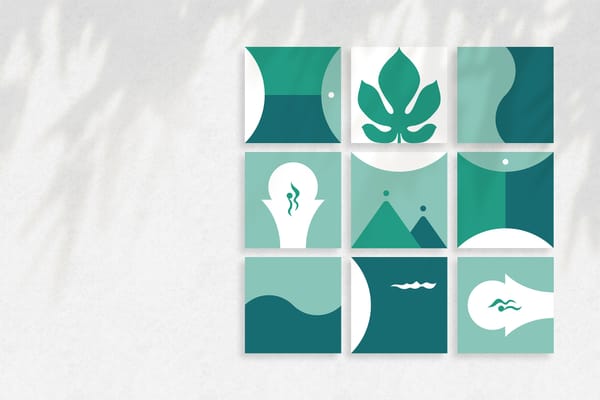Educating kids on circular economy
Imagine a transportable briefcase designed to help children understand the environmental impact of toys.

Imagine a transportable briefcase filled with interactive and interoperable elements designed to help children understand the environmental impact of toys. Imagine these kids growing up into conscious adults thinking twice before purchasing a new item. Can you see the impact?




